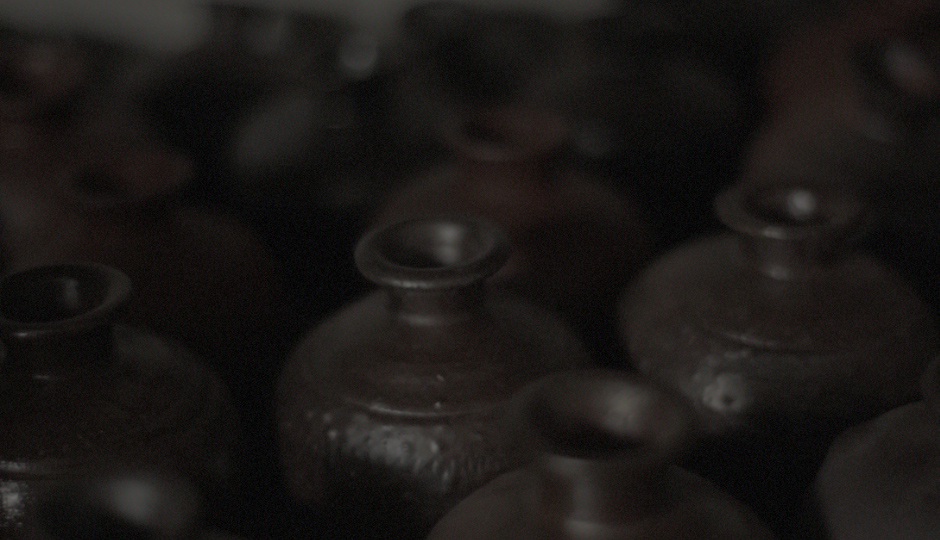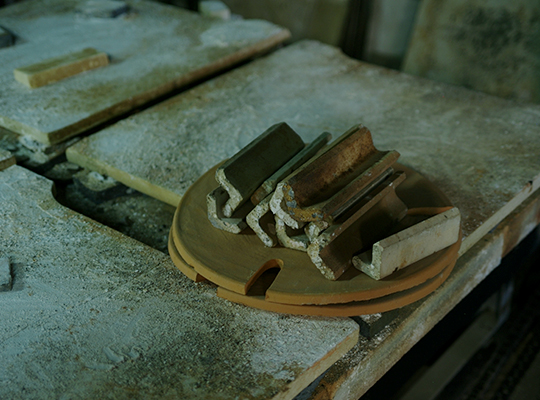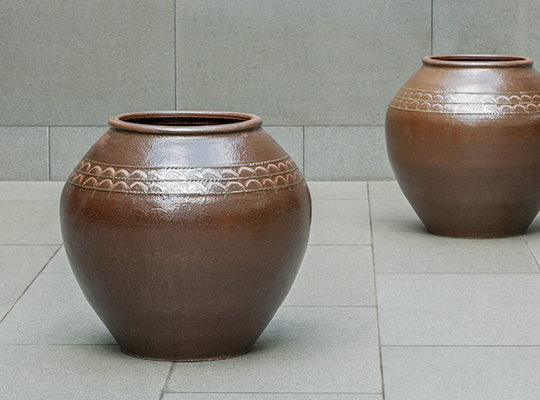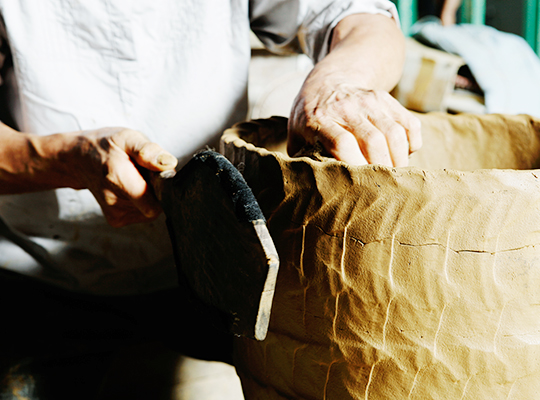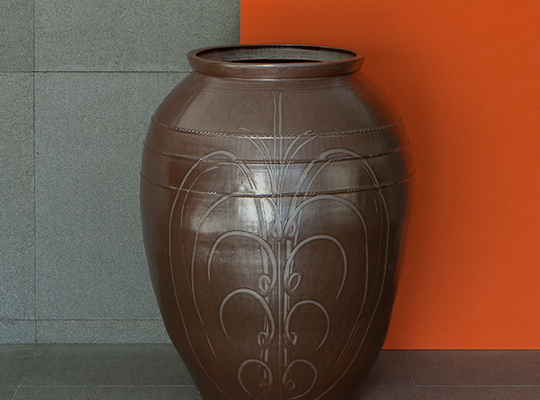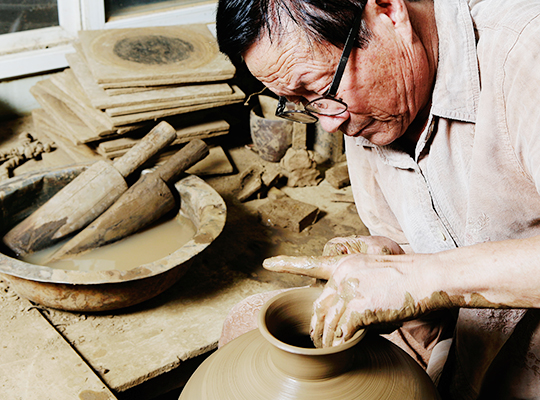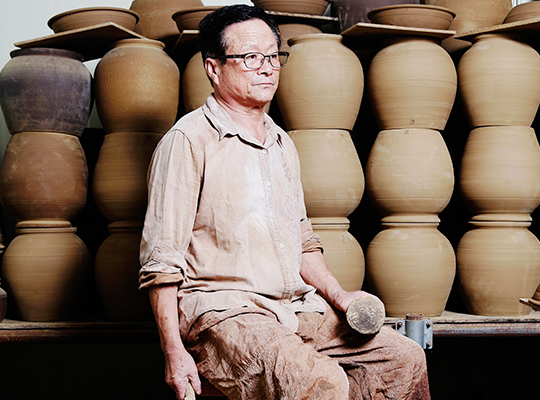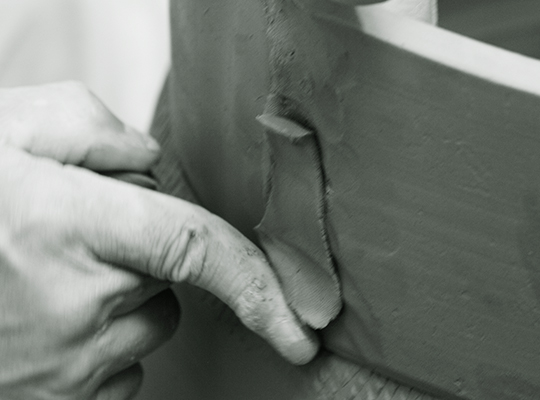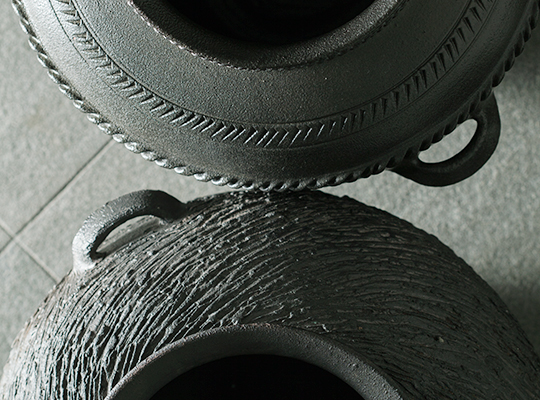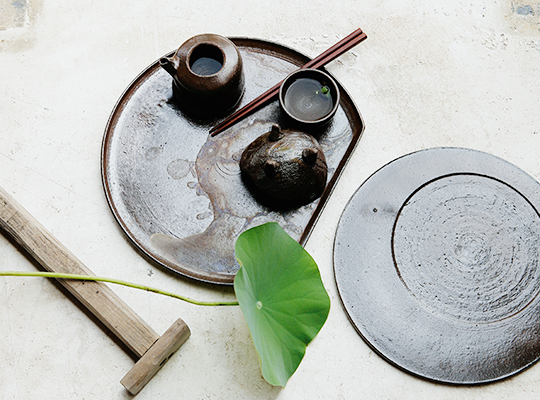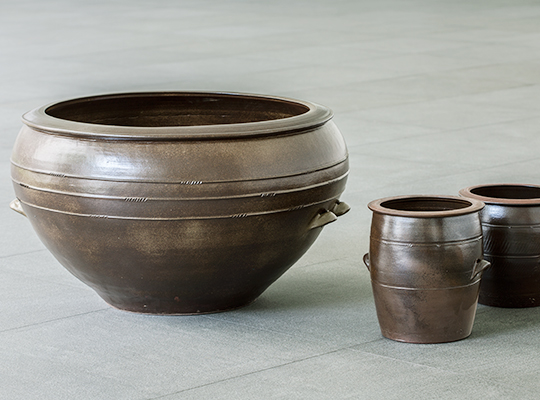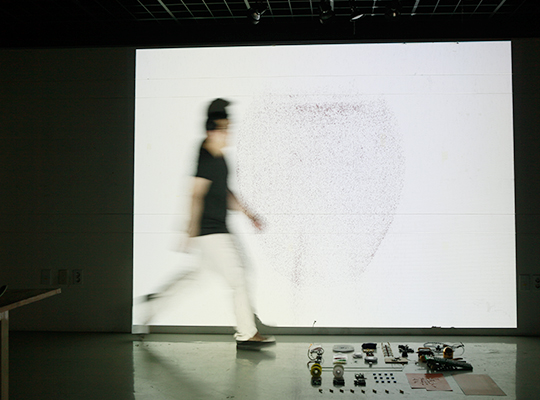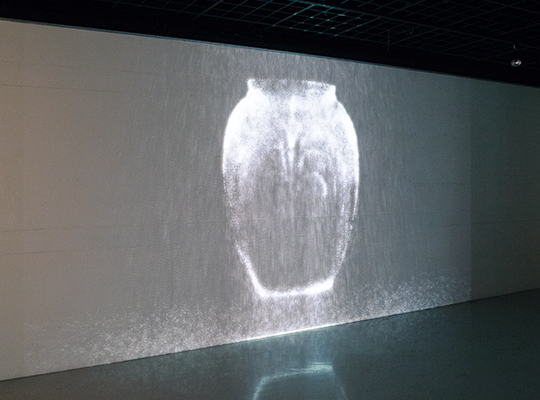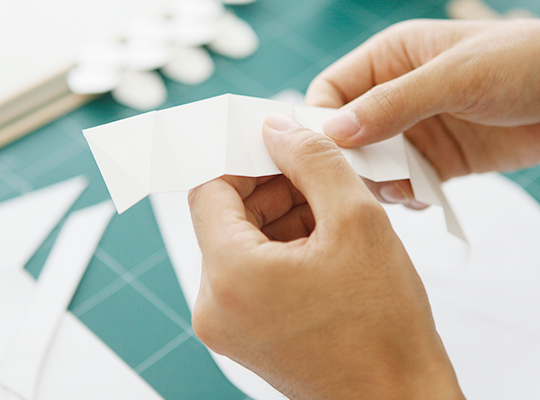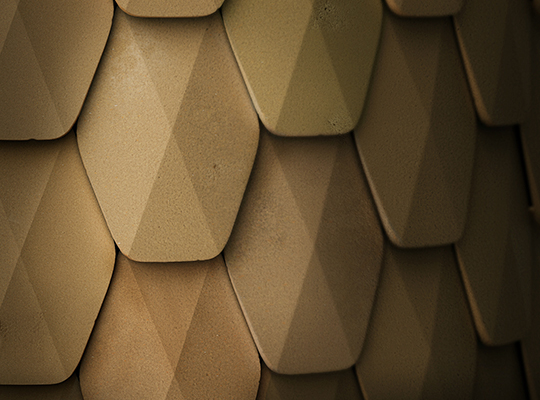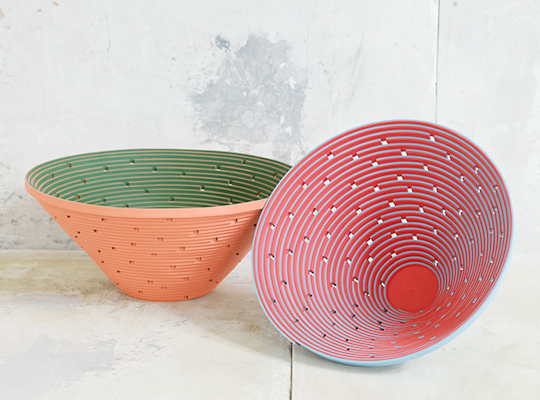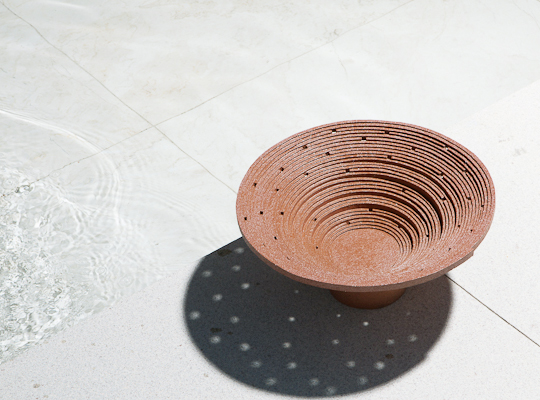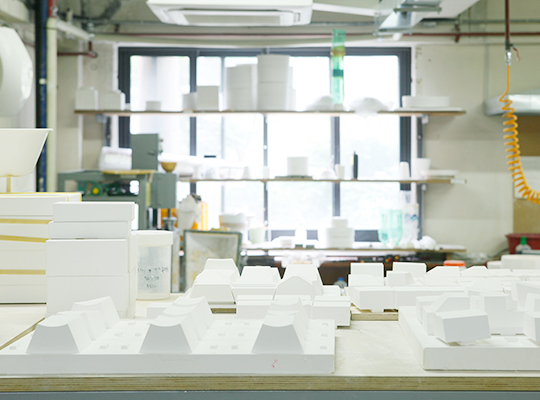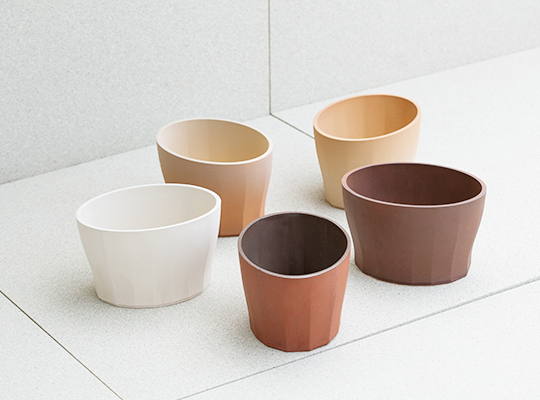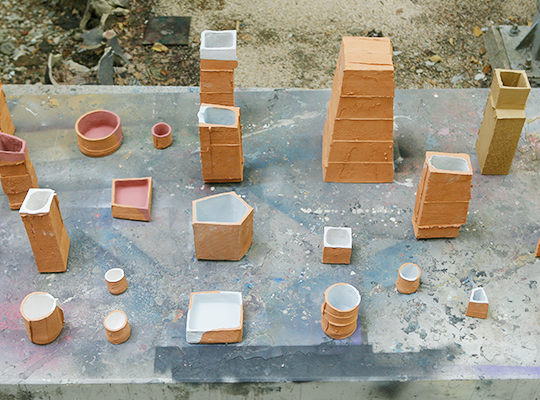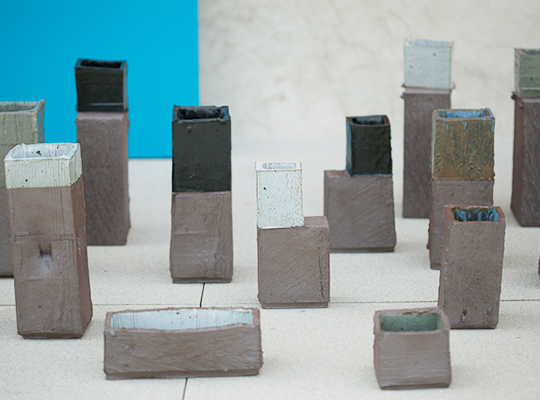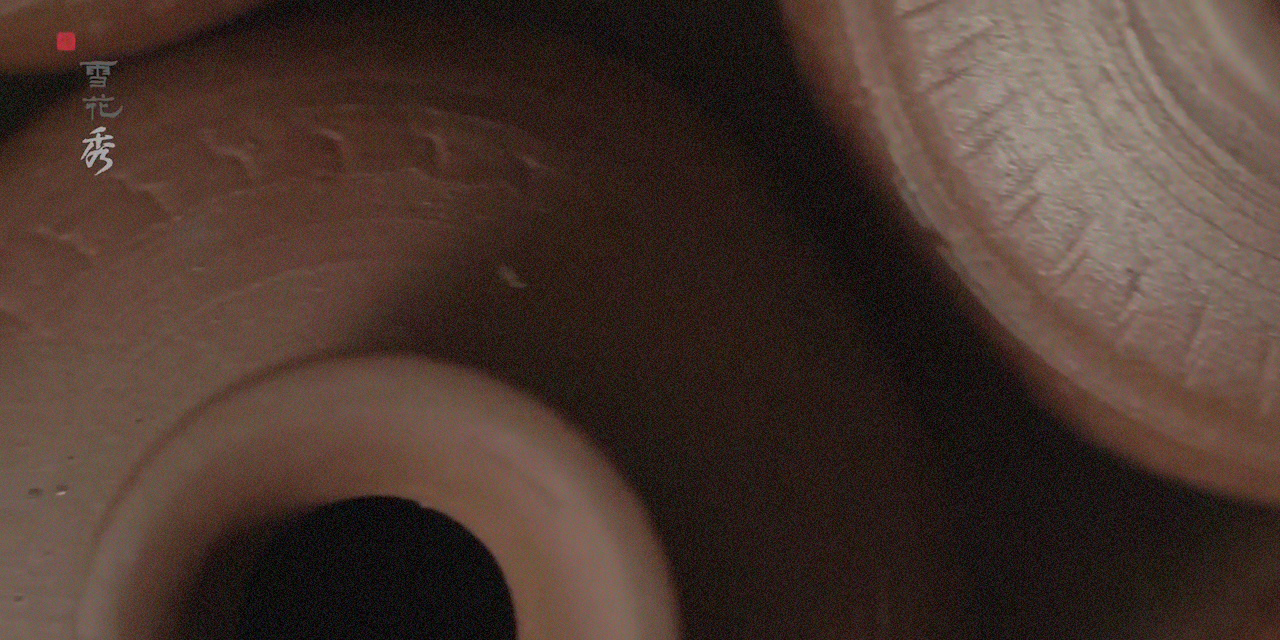
In the 6th installment, the 2012 Sulwha Cultural Exhibition progresses
with the theme ‘Onggi: Respiring Earth.” The basic ingredient
that makes up a pottery is onggi soil. Unlike common soil,
onggi soil prevents decay, allows air to breathe through the material,
and presents exceptional fermentative, antiseptic, and purificative abilities.
Additionally, ingredients acquired though nature are harmless even
when reduced back into the environment, evoking the superiority of pottery.
About author
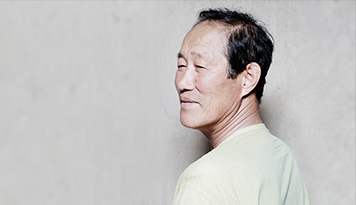
Yoonseok Jung The Important Intangible Cultural Asset
Master Artisan Yoonseok Jung was born in Kangjin of Jeonnam Province and has been producing pottery since he was 16 years old. Jung was designated as the Important Intangible Cultural Asset - the 96th Master Artisan of Onggi. The enormous jar that Master Jung created with greatest devotion conveys the sweat and endeavors of the ancestors as well as the hopes of sharing its traditional value with others.
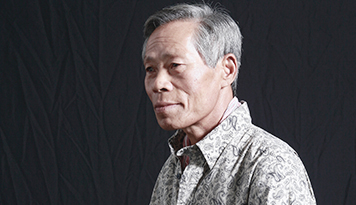
Chunwoong Bang Intangible Cultural Asset of Chungnam
Master Artisan Chunwoong Bang was born in Seosan City of Chungnam Province and is designated as the 38th Chungnam Intangible Cultural Asset. For this exhibition, Bang recreated his mother’s jar by visualizing his adolescent days. Feeling worried that her children would go hungry, Bang’s mother would scoop white rice from a jar that his father has forged to feed them. This jar, in particular, is reminiscent of the teenage, youthful period of Master Bang’s life.
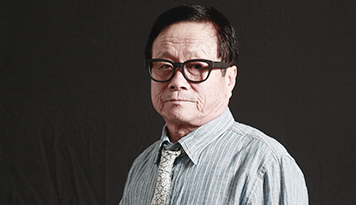
Cheongkil Kim The Master Artisan of Onggi of Jeju Island
Master Artisan Cheongkil Kim embarked on the craftsmanship of heobeok--the traditional bowls made of onggi--at the late age of 22 in Jeju Island. The exhibition features various forms of heobeok bowls that come in a variety of shapes and sizes for diverse usage. For instance, the enormous heobeok was used to carry adzuki beans porridge from the wife’s in-laws to treat mourners at a funeral reception. The large-sized heobeok was used to fetch water for young girls while the smaller ones are often implemented for everyday usage for children.
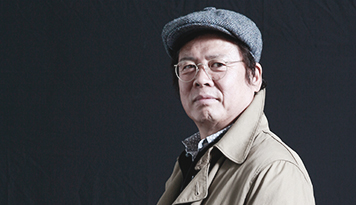
Yeonsik Bae The Intangible Cultural Asset of Seoul
Master Artisan Yeonsik Bae is a preserver of purae pottery. Purae, meaning the “blue colored pottery,” was often used to store fermented food in the royal palaces. Bae showcases the aesthetic value and decorative structure of purae pottery—that well suits even the modern household.
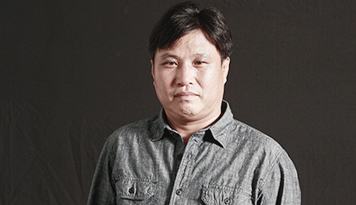
Jinkyu Hur The Intangible Cultural Asset of Ulsan
Master Artisan Jinkyu Hur presently molds onggis in the Onggi Village in Ulju District of Ulsan. In the days when onggi was common, the onggi based water basin was a necessity in every kitchen. Master Hur expresses the importance and differing aspects of the traditional onggi in the daily lives of people.
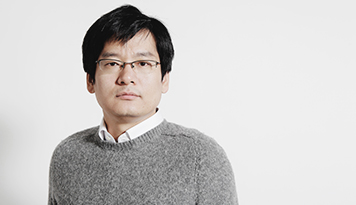
Minha Yang Media Artist
Media Artist Minha Yang used the potter’s wheel to reinterpret the onggi production method. Like dust, the particles of soil are strewn and accumulated in the midair to produce an onggi. The onggis publicly displayed in the exhibition are built based on the fundamentals but the video demonstrates a virtual illusion of onggi - crafted by assembling small dots and particles in the air.
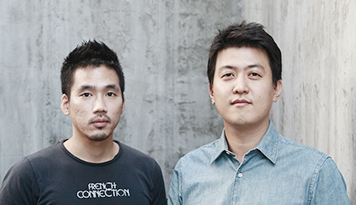
SWBK Industrial Designer
Designers Seokwoo Lee and Bongkyu Song cofounded a design consulting company, SWBK. As industrial designers, both have a great deal of interest in the ordinary subject matters and have identified a new potential in the characteristics of “respiring onggi.” Adopting the nature of onggi as is, Lee and Song have carefully layered the fragments like roof tiles to create “the skin of space”--which may promote the lavish interior and architecture design.
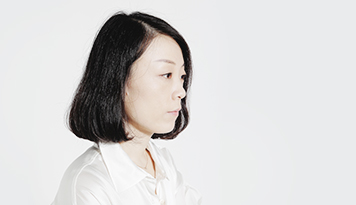
Jinhee Kwon Ceramics Artist
Ceramics Artist Jinhee Kwon’s representative piece “Conceptual Core” is constructed by laying up clay bands in the uniform positions--that are redolent of architectural structures. At the exhibition, Kwon showcases “Conceptual Core_Shadow,” a ceramic artwork forged using simplistic onggi clay. To present a warm metaphorical space, Kwon integrated light, shadow, and the contour of Jegi*.
*Jegi – the traditional utensils used in ancestral ceremonies in Korea
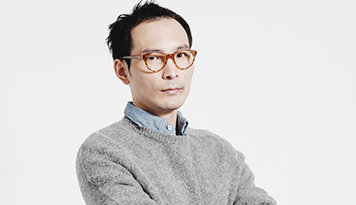
Kiwook Lee Ceramics Artist
Ceramics Artist Kiwook Lee ardently uses decorative methods--like the faceting technique--to produce white porcelains. As part of his experimentative work, Lee adds the color of onggi clay to the white porcelain. The reddish-brown tone of the clay and the densely ingrained particles exude abundant representation and feelings to the glazed surface. Lee’s specialty in faceting techniques is integrated for the unprecedented transformation of the onggi.
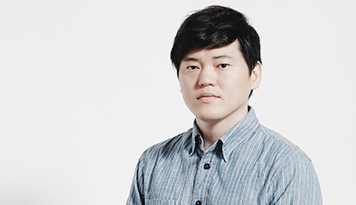
Hyungshin Hwang Furniture Designer
By using the distinct characteristics of materials, the Furniture Designer Hyungshin Hwang constantly attempts to express his daily experiences of prior memories through his furniture. In the exhibition, Hwang produced a mold out of wood, personally imprinted the onggi clay, and modified the clay baking method to reveal the fickle nature of clay.

